The 3D Engine of Innovation in the Middle East: Dubai's Ambitious 3D Printing Vision
In the ancient yet dynamic landscape of the Middle East, Dubai is emerging as a global innovation hub with its ambitious 3D printing initiative. By 2030, approximately 25% of the city’s buildings are set to incorporate 3D printing technology. This strategic move not only revolutionizes traditional construction methods but also opens up significant market opportunities for global 3D printing enterprises.
"Dubai’s 3D printing ambition signifies not just a disruption of conventional building practices, but a bold reimagining of future urban living."
Among the global leaders in 3D printing, companies such as Stratasys and 3D Systems from the United States, EOS from Germany, and leading Chinese and Belgian firms like PLT and Materialise, are actively contributing to Dubai's 3D printing projects. Their advanced technologies and equipment are pivotal in helping Dubai achieve its lofty objectives while showcasing their strengths in the Middle Eastern market.
"On the innovation stage in the Middle East, 3D printing technology acts as a bridge connecting dreams with reality, serving as a new engine for regional economic growth."
With robust government support, it is anticipated that by 2030, 3D printing will be widely adopted across construction, healthcare, and consumer goods sectors. The implementation of this strategy will not only accelerate the development of 3D printing technology but also inject fresh momentum into the economic transformation of the Middle East.
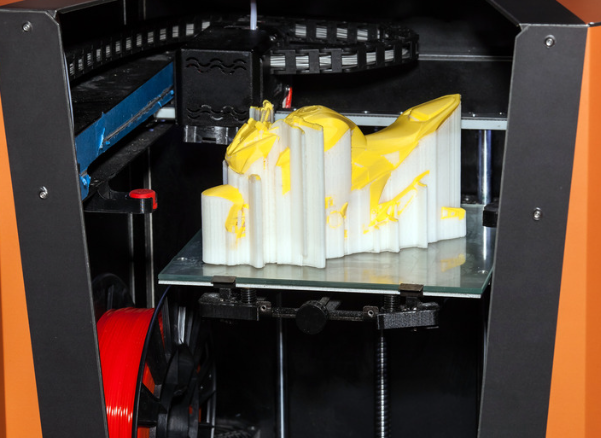
"The journey of 3D printing innovation in the Middle East is a profound reflection on traditional manufacturing methods and an active exploration of the future of manufacturing."
Dubai's commitment to 3D printing is a groundbreaking challenge to conventional construction practices and a visionary approach to future urban lifestyles. Companies like Stratasys and 3D Systems have laid a solid foundation for their global expansion through continuous technological innovation and market outreach, establishing comprehensive solutions for both plastic and metal printing. Their technologies and products have become indispensable manufacturing tools in aerospace, automotive, and healthcare sectors. In the context of Dubai's 3D printing ambitions, these companies are instrumental in realizing the city's grand vision while enhancing their presence in the Middle East.
Germany's EOS company holds a significant position in the global manufacturing sector with its high-precision metal printing equipment. Known for its reliability and precision, EOS's M 400 series printers are widely used in aerospace, automotive, and healthcare applications around the world. The contributions of EOS's technology to Dubai's 3D printing initiative further illustrate the potential of the Middle Eastern market.
From China, PLT stands as a leader in the 3D printing industry, with over 30% of its revenue coming from international markets. This not only highlights PLT's competitive edge in the global arena but also serves as a microcosm of China's intelligent manufacturing making strides worldwide. The BLT-S series printers from PLT, known for their large-format capabilities and efficient production, have established a solid foothold in the global market. Furthermore, PLT has made remarkable advancements in the development of new materials, including innovative metal powders that enhance the strength and durability of printed parts.
Belgium's Materialise has also carved out an essential role in the global market through its technological innovations in 3D printing services and software solutions. Their Magics software, recognized as a leading tool for preparing and processing 3D prints, is adept at handling complex tasks and optimizing print strategies. Materialise's innovations extend beyond software; its applications in the medical field, such as customized implants and orthotics, showcase its depth in technological advancements. In Dubai's 3D printing projects, Materialise's technology is also contributing to the achievement of ambitious goals and reinforcing its presence in the region.
As Dubai continues to receive strong government backing for 3D printing technology, widespread application is expected across various fields, including construction, healthcare, and consumer products by 2030. This strategic implementation will drive the growth of 3D printing technology and provide new energy for the economic transformation of the Middle East. Dubai's 3D printing vision is more than just a challenge to traditional building methods; it represents a courageous exploration into the future of urban living.
"In the Middle East's innovation landscape, 3D printing technology serves as a bridge connecting dreams with reality, and a new engine driving regional economic development."
As technological advancements and application areas continue to expand, the 3D printing industry is poised for rapid growth, promising revolutionary changes for global manufacturing.























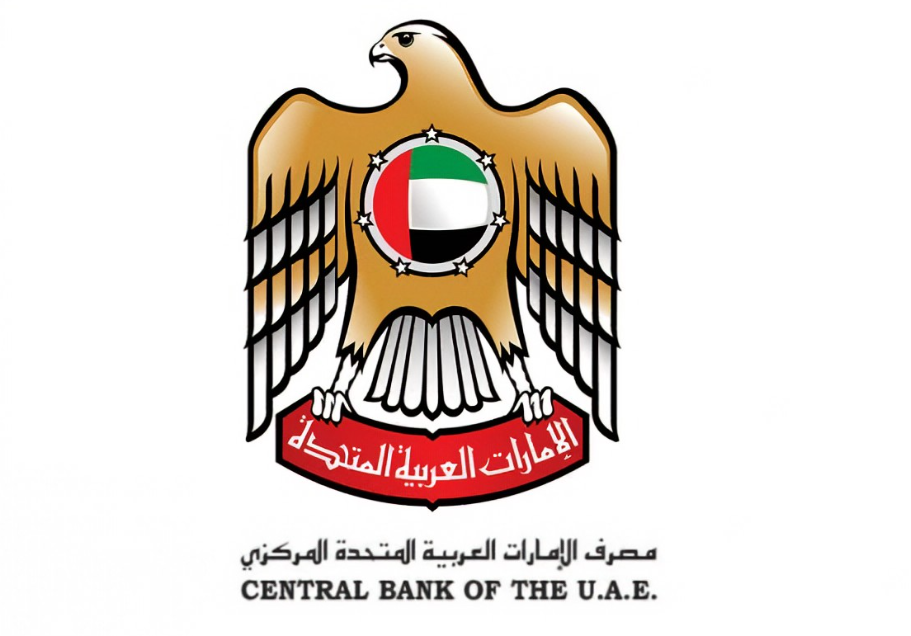
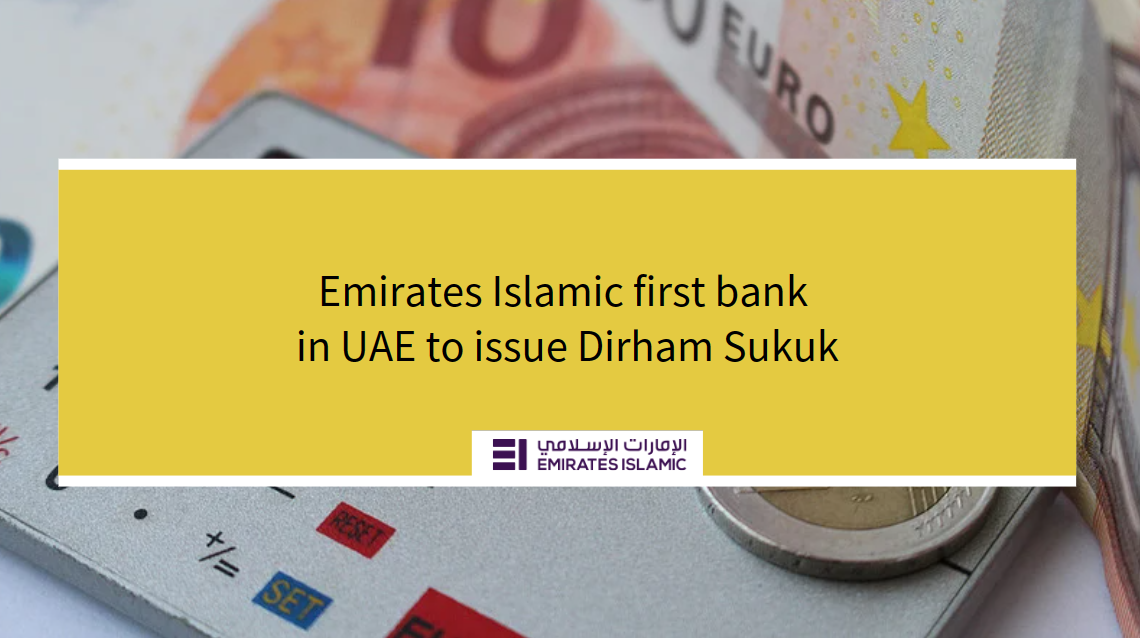
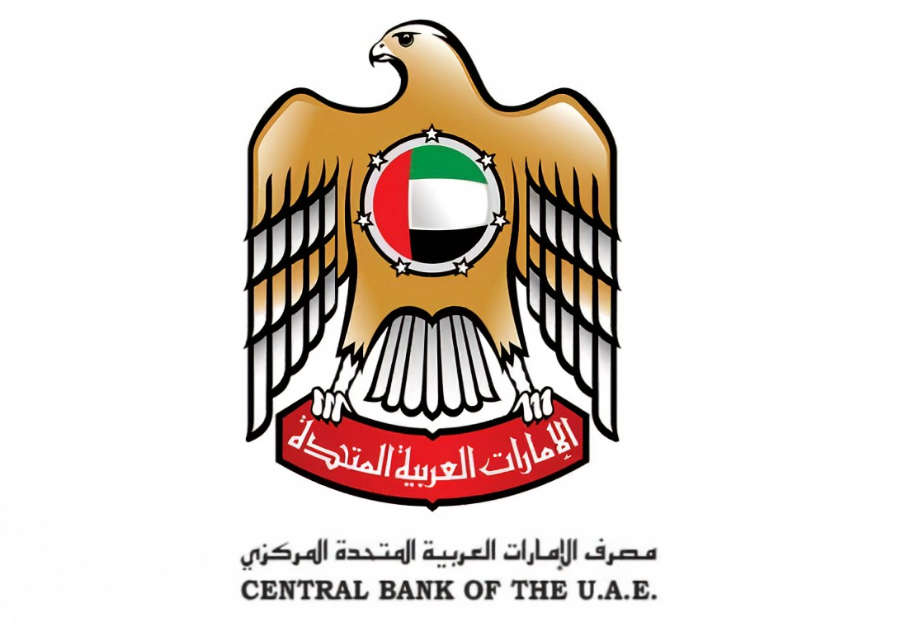
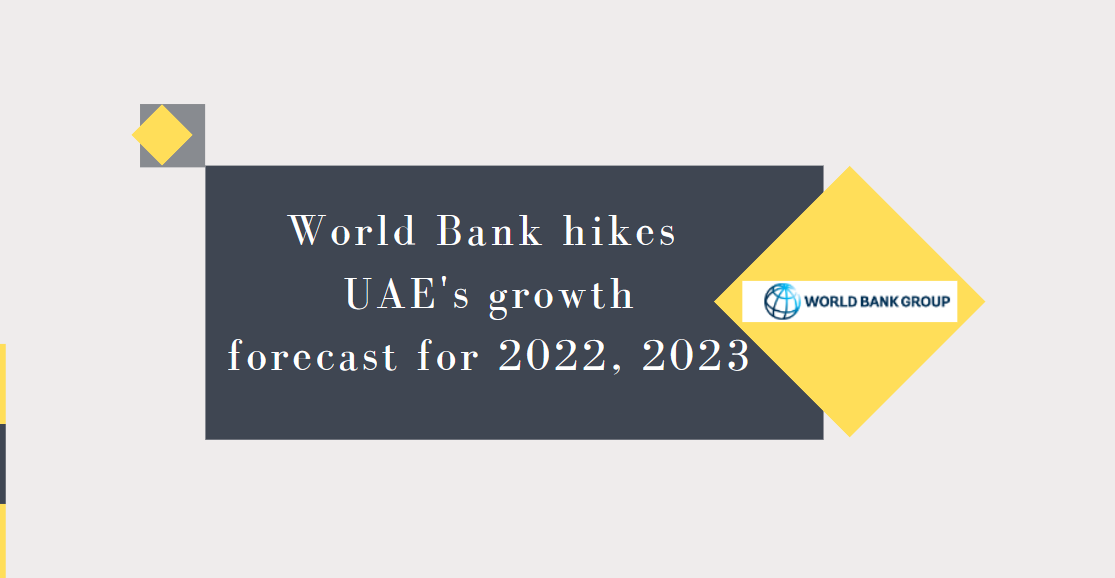



























First, please LoginComment After ~